8 Forgotten Wars That Reshaped the 20th Century | ListsLook
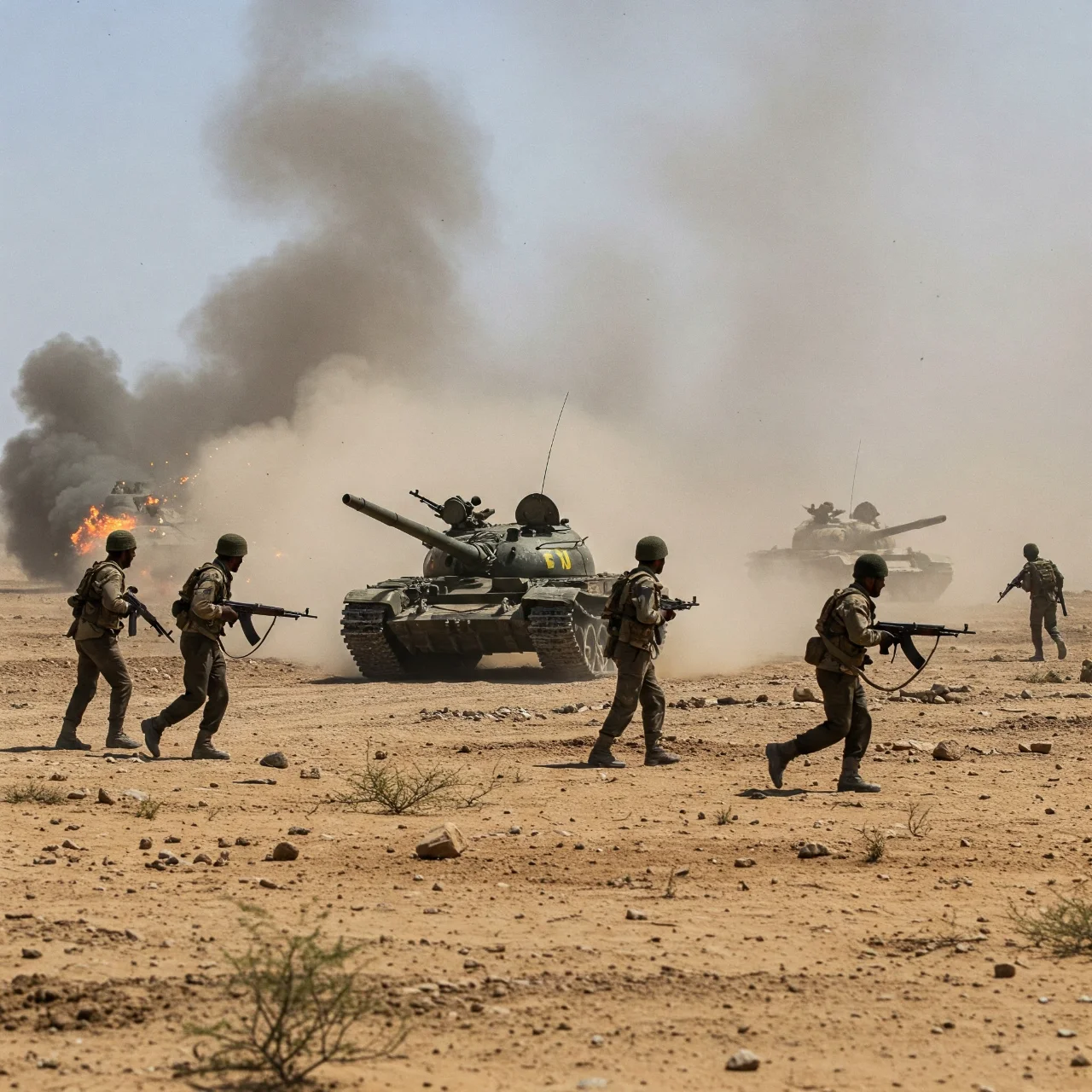
World War II dominates history books, but many other 20th-century conflicts were equally impactful. Explore 8 lesser-known wars that shaped our world.
Introduction: Beyond the Headlines - Conflicts That Defined a Century
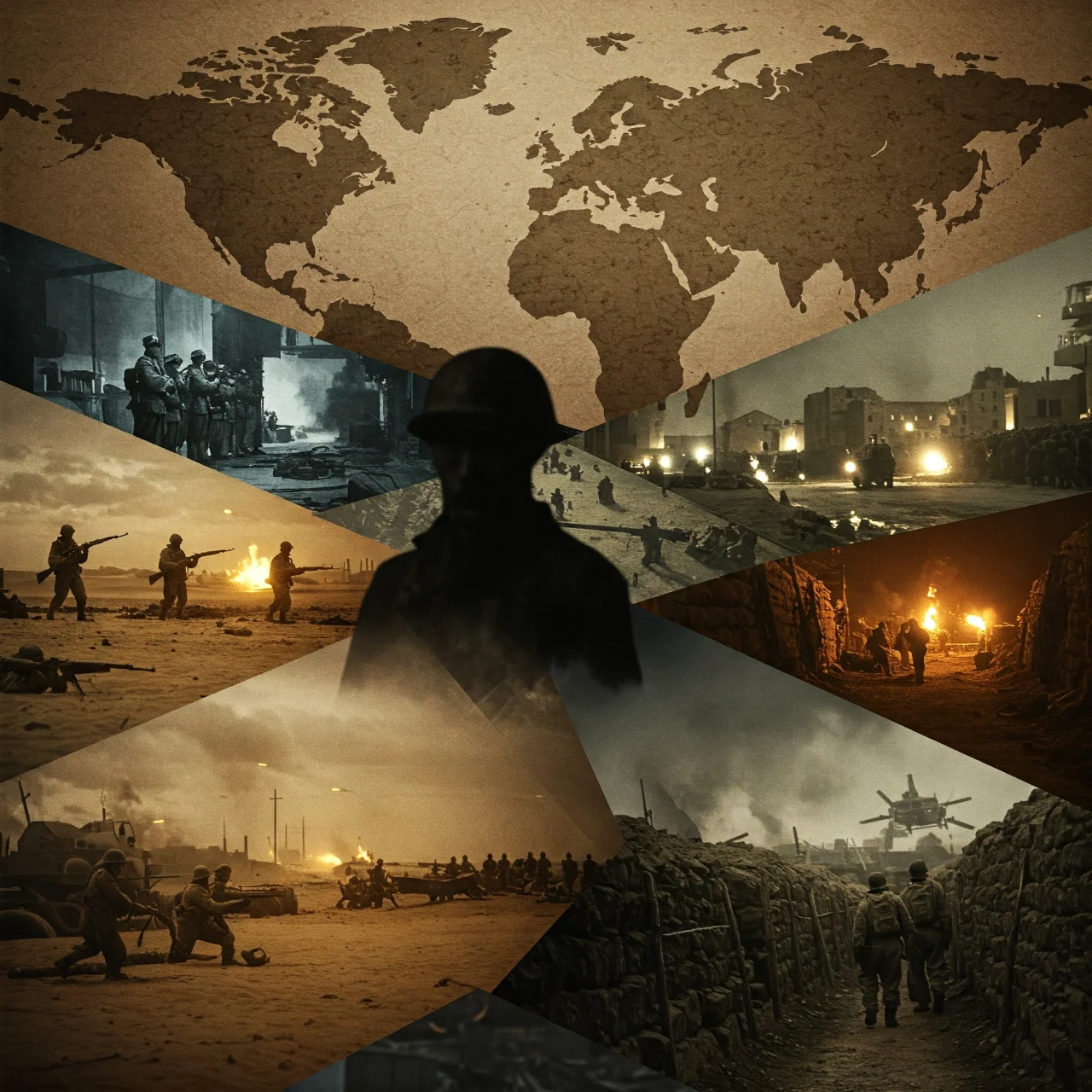
World War II rightly receives immense historical attention, but the 20th century was punctuated by numerous other conflicts that, while often overlooked, profoundly shaped the geopolitical landscape, national identities, and everyday lives of millions. These 'lesser-known' wars weren't simply footnotes; they were crucial in the Cold War's evolution, the redrawing of borders, and the rise of independence movements. This list explores eight such conflicts, offering a glimpse into the multifaceted tapestry of 20th-century history. Prepare to discover the stories that deserve to be remembered!
The Chaco War (1932-1935): A South American Struggle for Oil
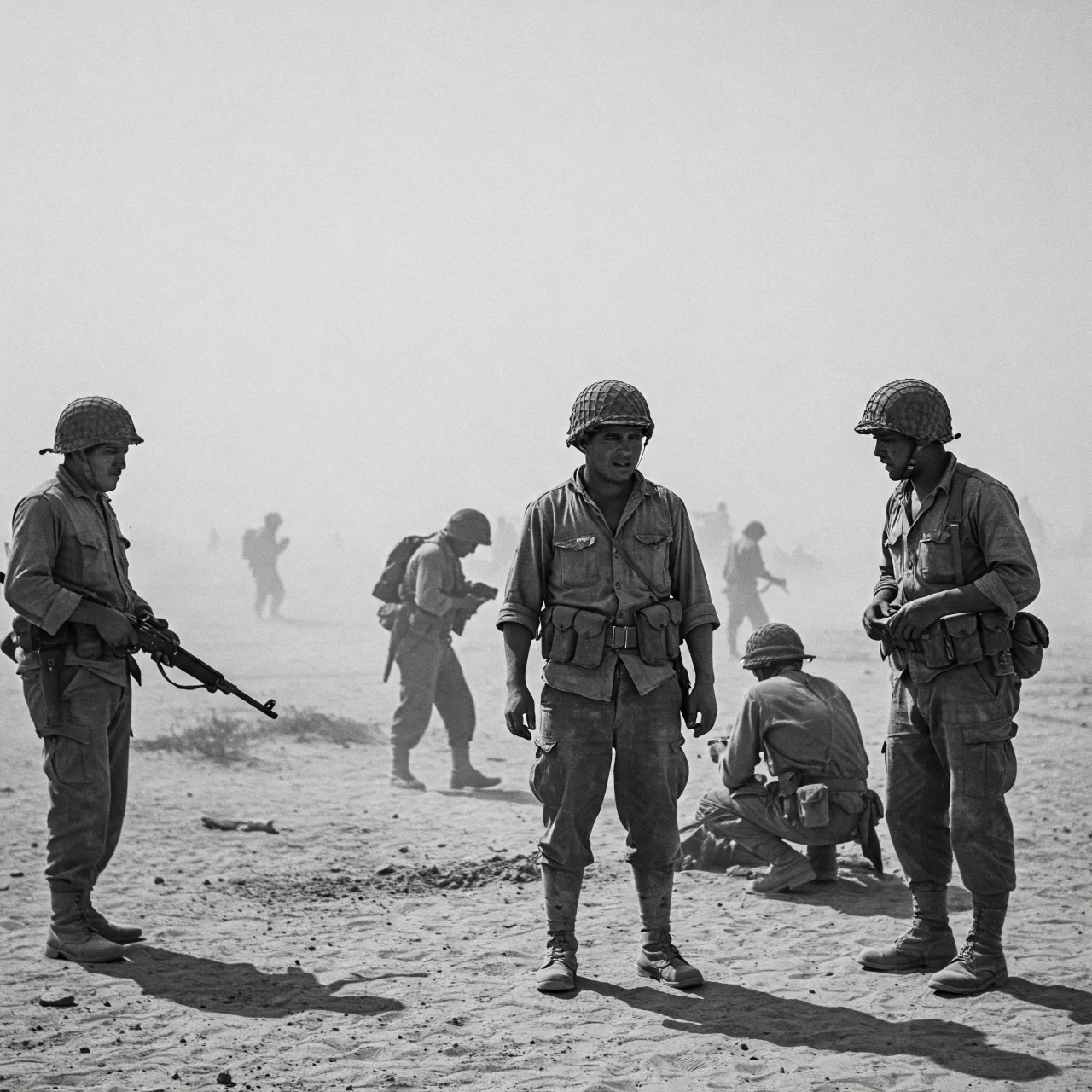
Fought between Bolivia and Paraguay, the Chaco War erupted over control of the Gran Chaco region, believed to contain significant oil reserves. Despite being far removed from European eyes, it was one of the bloodiest conflicts in South American history, with both countries suffering immense losses. The war exposed deep-seated national rivalries and demonstrated the complexities of resource competition. Ultimately, Paraguay secured most of the disputed territory, but at a tremendous human cost. It's a stark example of how resource wars shaped the 20th century.
The Spanish Civil War (1936-1939): A Dress Rehearsal for WWII
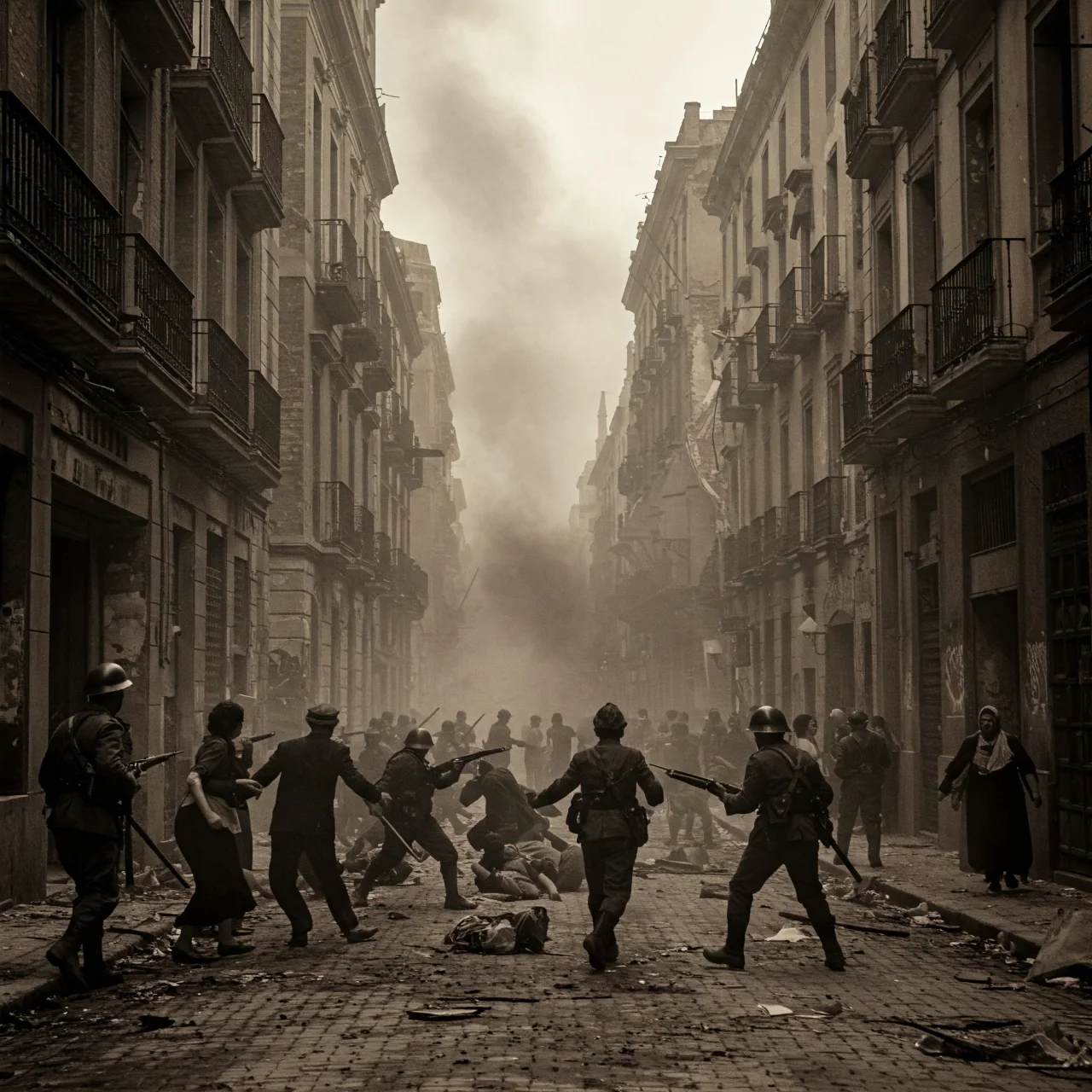
Often framed as a prelude to World War II, the Spanish Civil War pitted Republicans against Nationalists led by General Francisco Franco. It became a proxy war for broader European ideologies, drawing in support from Fascist Italy and Nazi Germany for the Nationalists, and the Soviet Union for the Republicans. This conflict showcased new military tactics and weaponry, foreshadowing the devastation of the coming World War. The war resulted in Franco’s dictatorship, shaping Spain's political future for decades.
The Winter War (1939-1940): Finland’s David vs. Soviet Goliath

Following the Molotov-Ribbentrop Pact, the Soviet Union invaded Finland in November 1939. Despite being vastly outnumbered, the Finns mounted a fierce resistance, utilizing their knowledge of the terrain and employing innovative tactics like 'motti' (encirclement). The Winter War significantly damaged the Soviet Union’s international reputation and revealed weaknesses in the Red Army. Though Finland ultimately ceded territory, it maintained its independence and demonstrated extraordinary national resolve. This conflict is a classic example of asymmetric warfare.
The Indo-Pakistani War of 1965: A Clash Over Kashmir
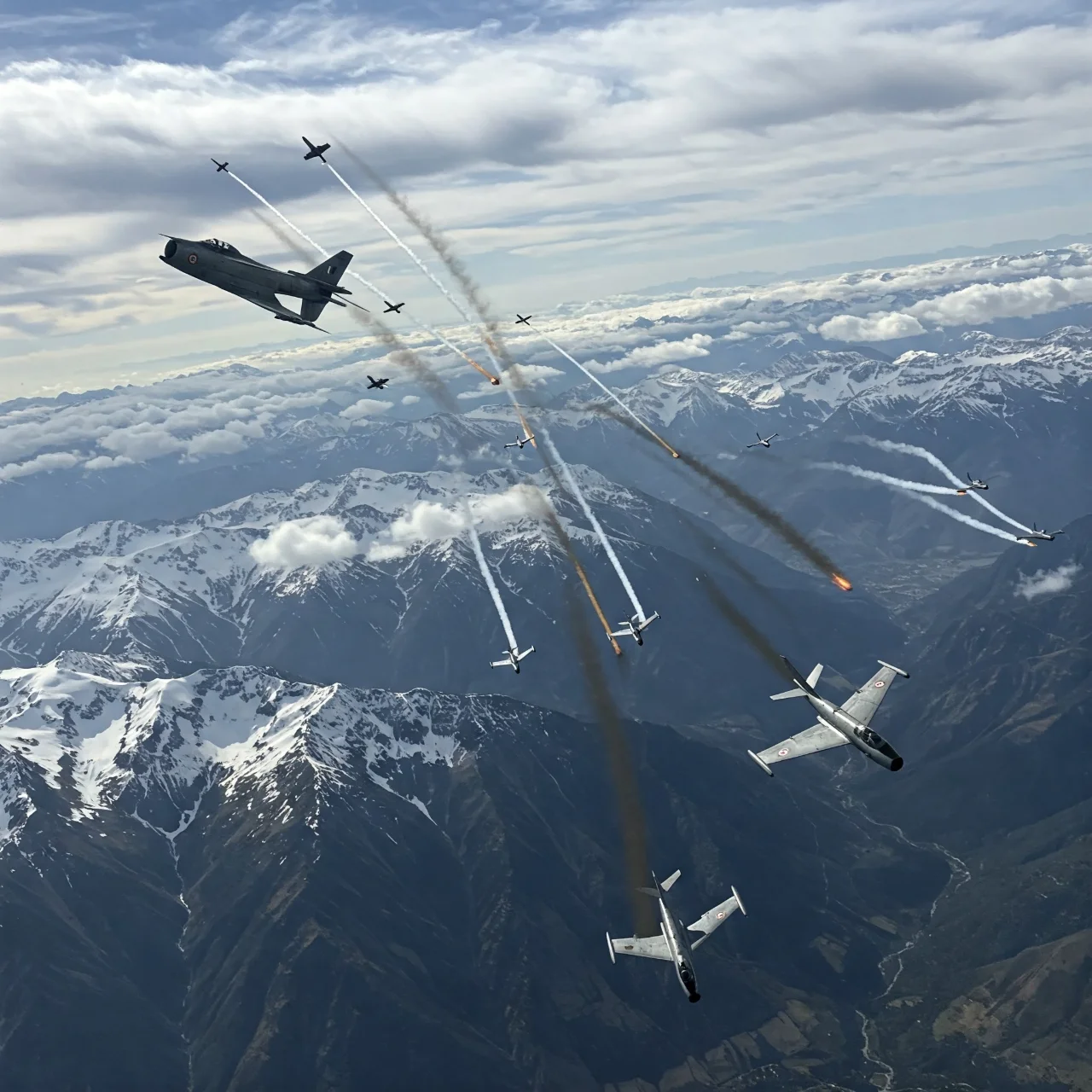
The 1965 Indo-Pakistani War was primarily fought over the disputed region of Kashmir. It began with Pakistan’s ‘Operation Gibraltar,’ an attempt to infiltrate insurgents into Indian-administered Kashmir. The conflict escalated into a full-scale war involving aerial battles and armored clashes. While the war ended in a stalemate and a UN-brokered ceasefire, it fueled lasting animosity between the two nations. This continues to be a major source of regional instability to this day; it represents a core example of post-colonial conflict.
The Six-Day War (1967): A Middle Eastern Turning Point
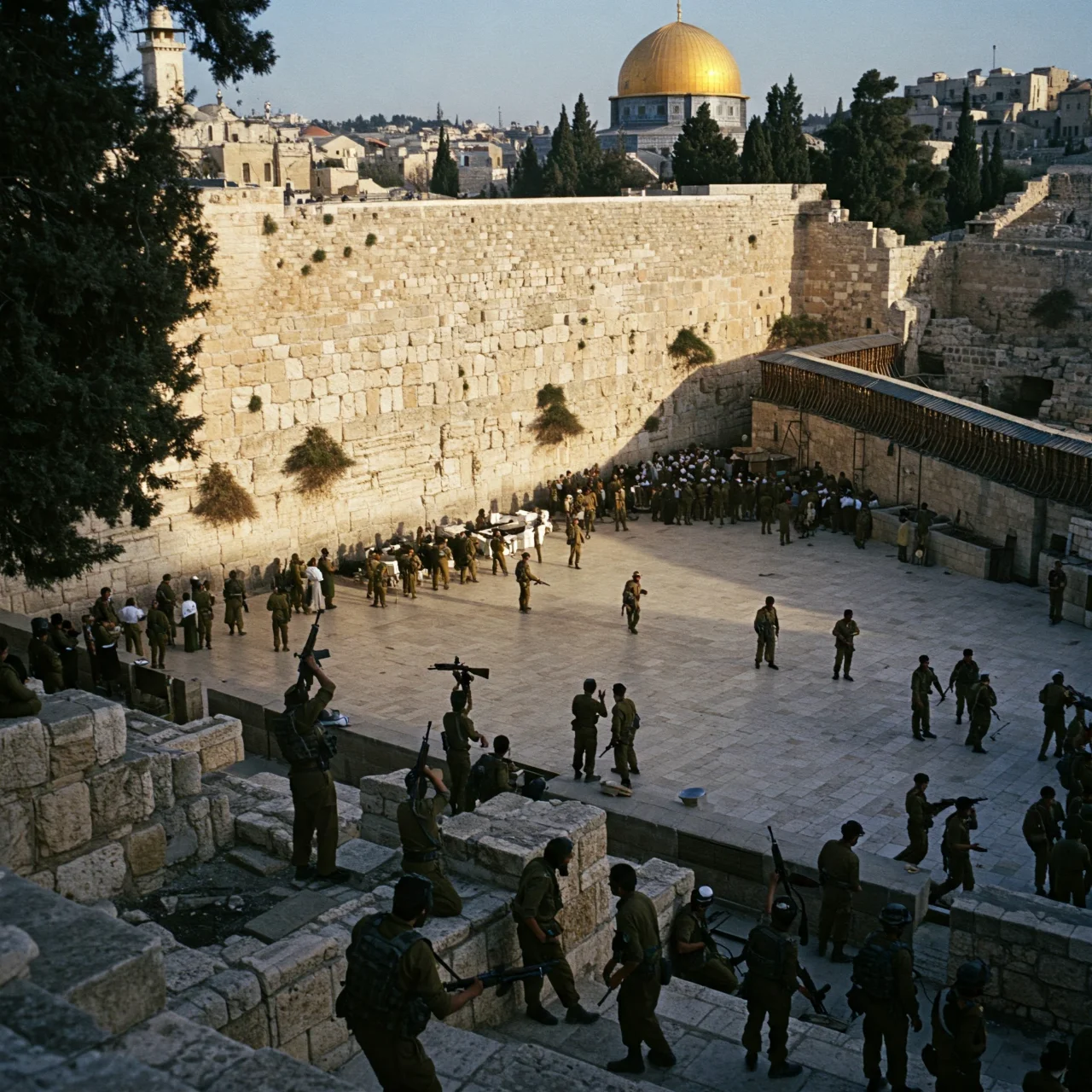
The Six-Day War saw Israel defeat Egypt, Jordan, and Syria in a swift and decisive conflict. Triggered by tensions over the Straits of Tiran and the mobilization of Arab forces, Israel launched preemptive strikes that crippled the air forces of its neighbors. Israel gained control of the Gaza Strip, the Sinai Peninsula, the West Bank, and the Golan Heights, dramatically altering the geopolitical map of the Middle East and fueling the Palestinian conflict. The 1967 war’s consequences are still felt today.
The Bangladesh Liberation War (1971): The Birth of a Nation
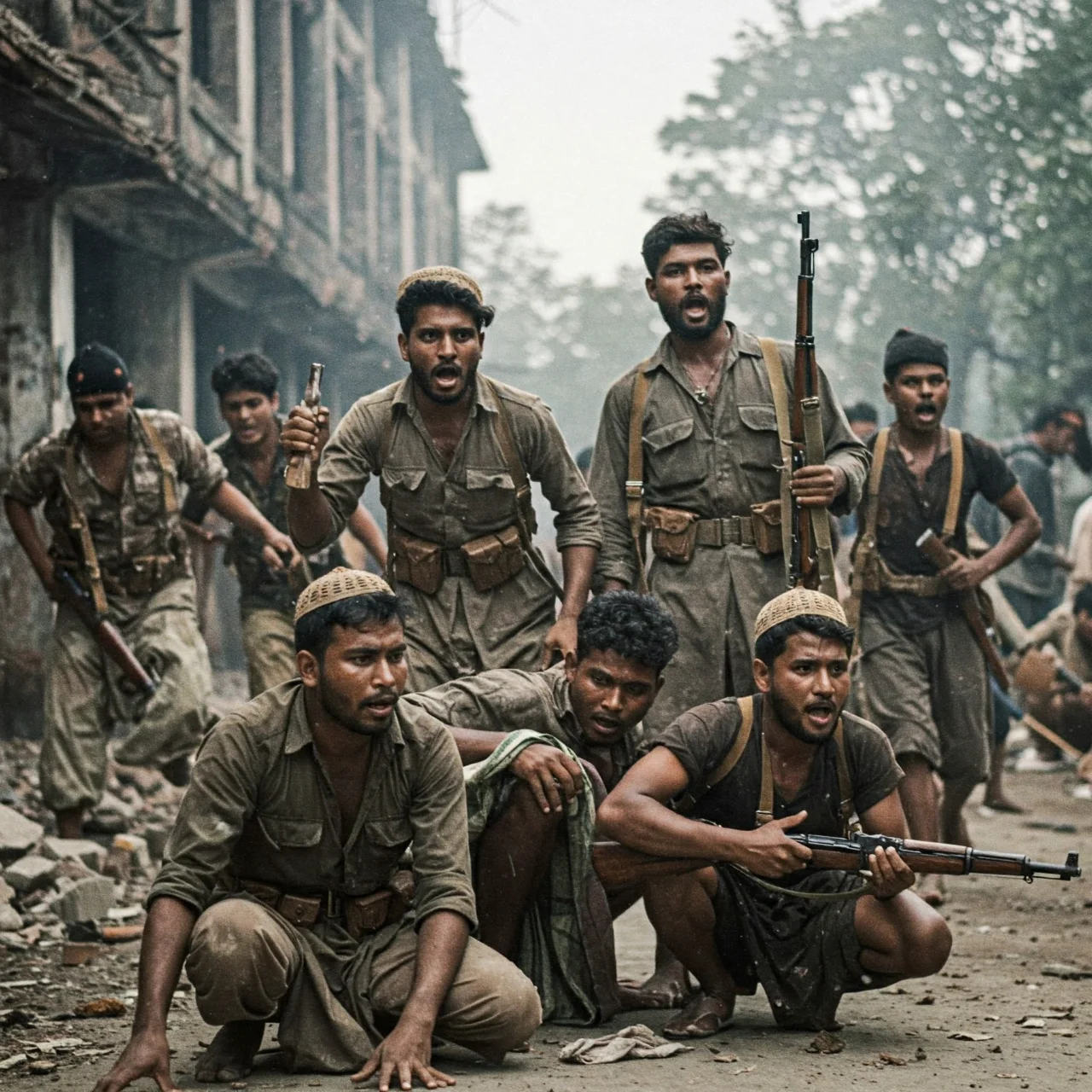
The Bangladesh Liberation War stemmed from political and ethnic tensions between East and West Pakistan. Following the 1970 election results, which favored East Pakistani autonomy, the Pakistani army launched a brutal crackdown. This sparked a civil war, with India intervening in support of the Bengali independence movement. The resulting conflict led to the creation of Bangladesh and a significant shift in the regional balance of power. It’s a powerful example of self-determination and the cost of oppression.
The Ogaden War (1977-1978): A Horn of Africa Conflict

The Ogaden War was fought between Ethiopia and Somalia over control of the Ogaden region, inhabited primarily by Somali people but administered by Ethiopia. Somalia aimed to unite all Somalis under one banner, leading to a full-scale invasion. The conflict drew in Cold War powers, with Ethiopia receiving support from the Soviet Union and Cuba, while Somalia was backed by the United States and Egypt. Ethiopia ultimately repelled the invasion, solidifying its control over the Ogaden, and shifting the region's geopolitical alliances.
Comments
Loading comments...